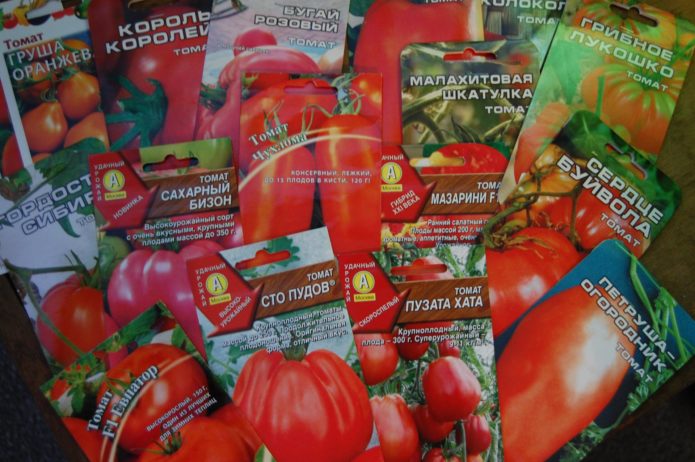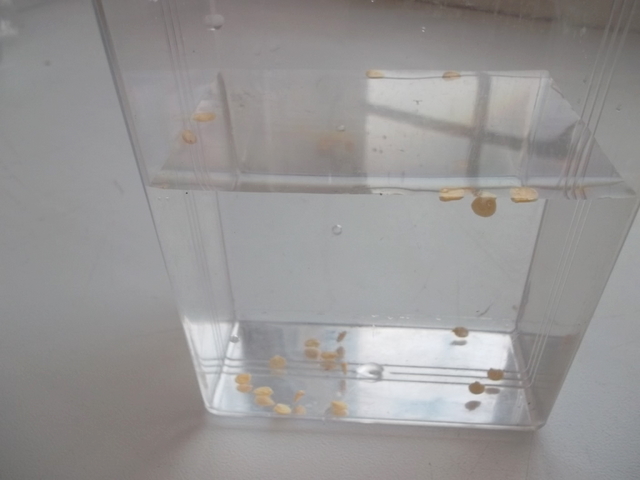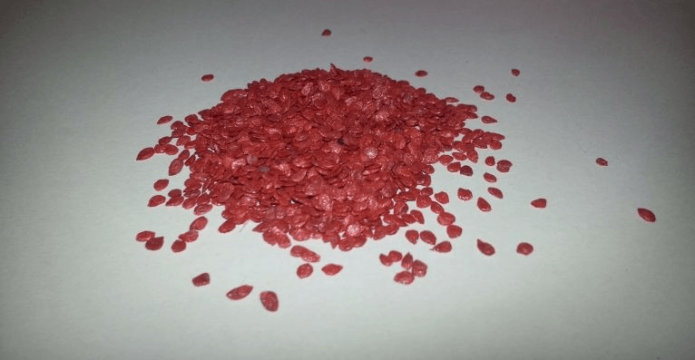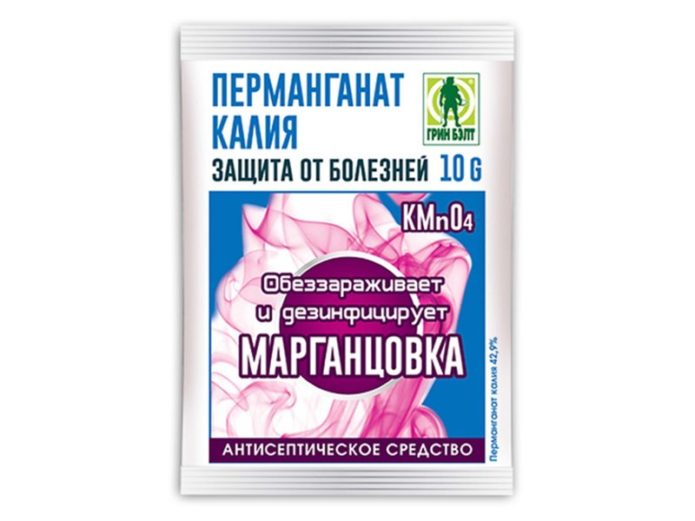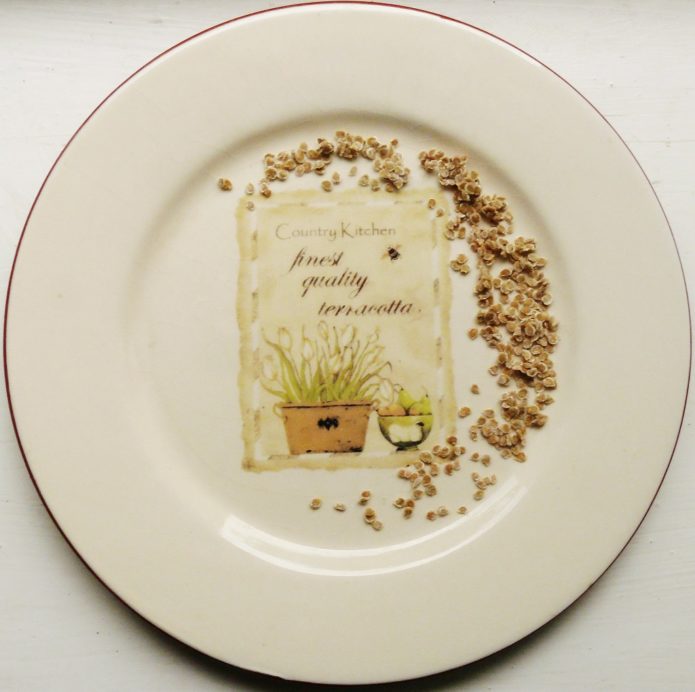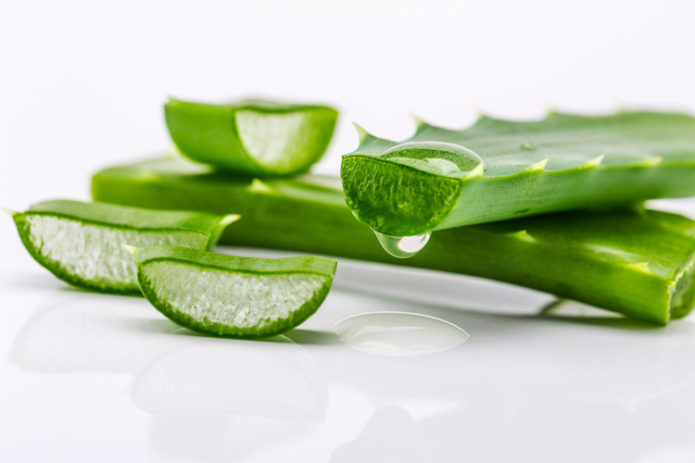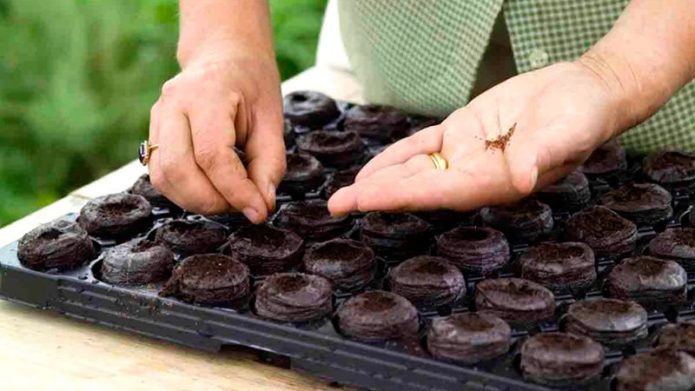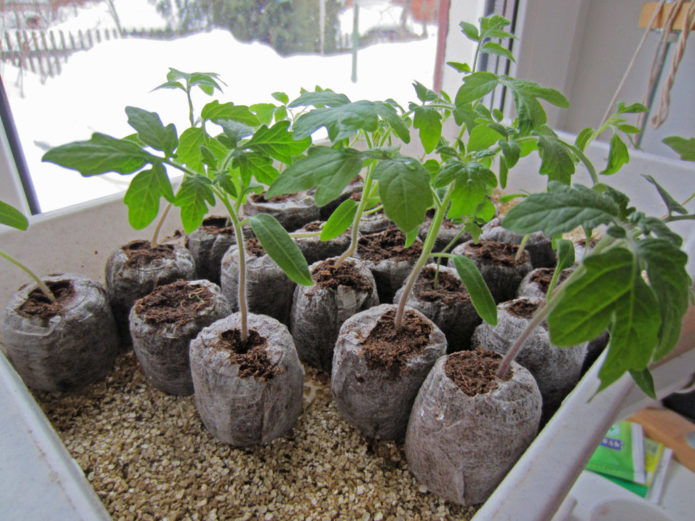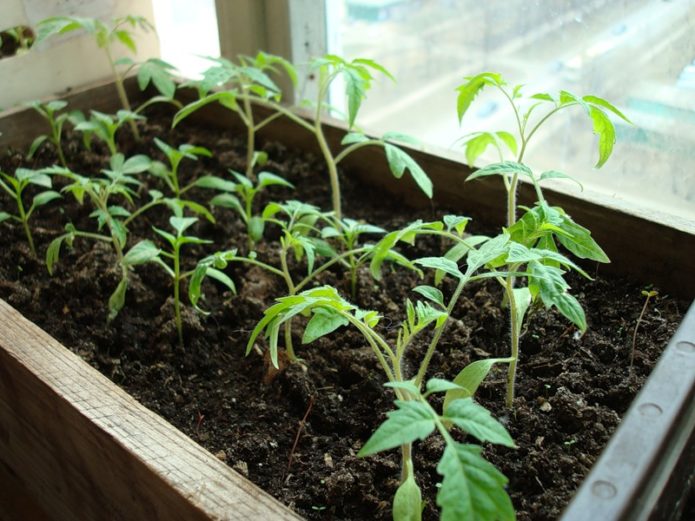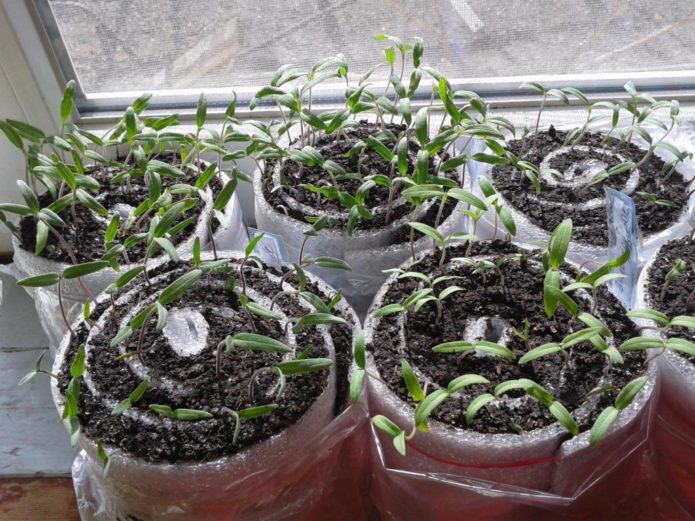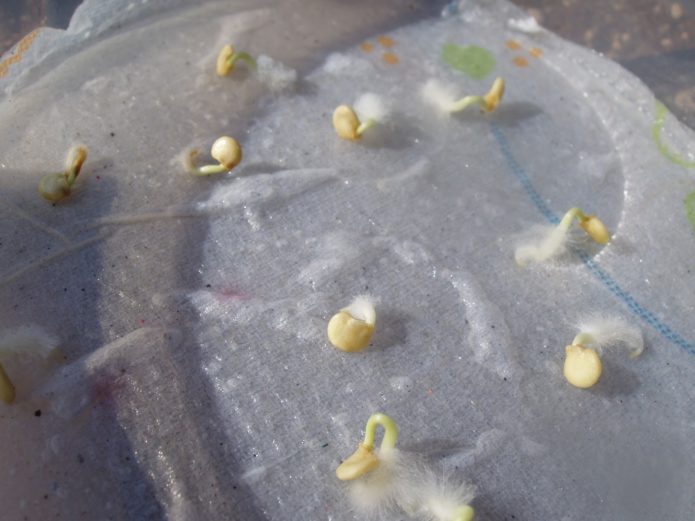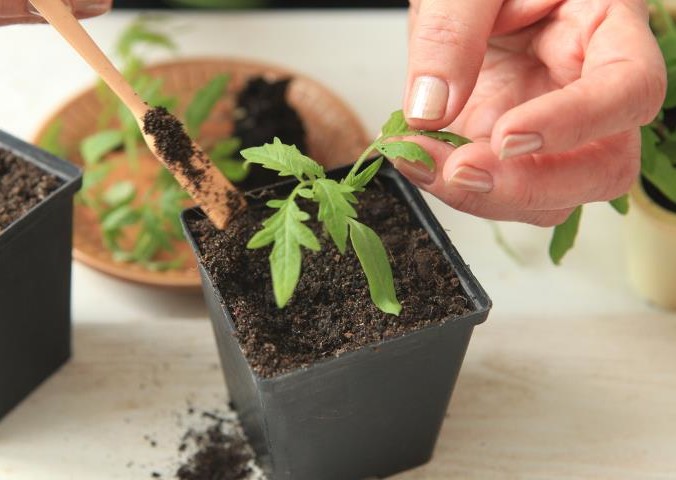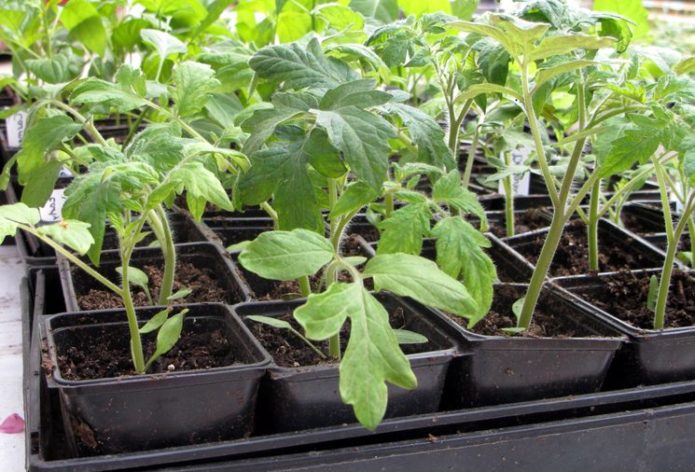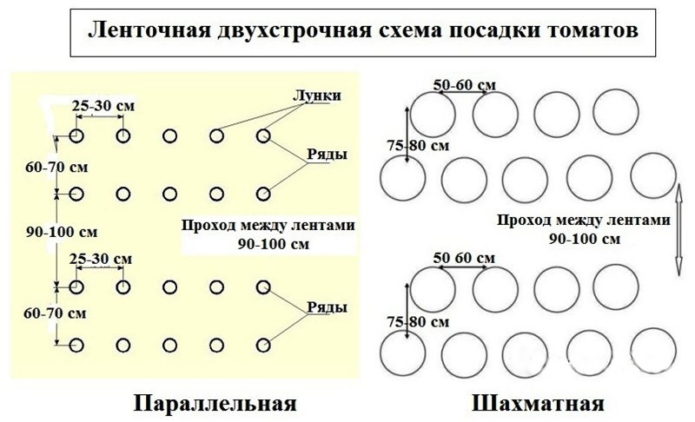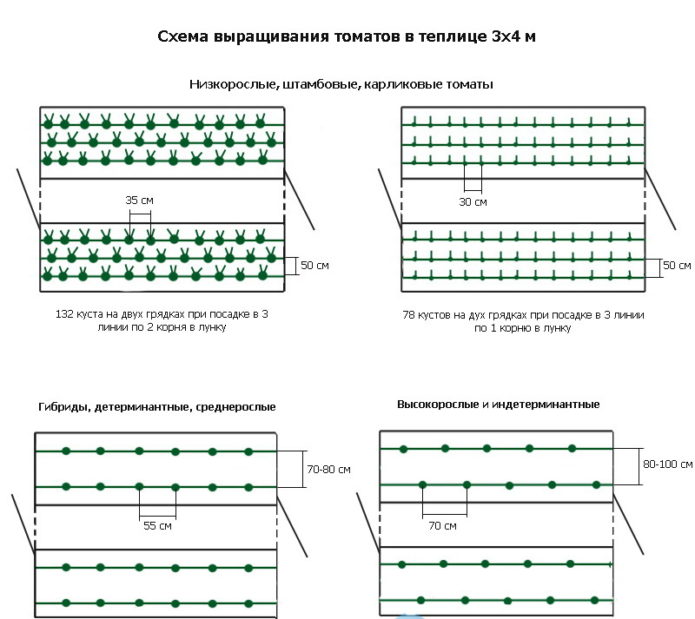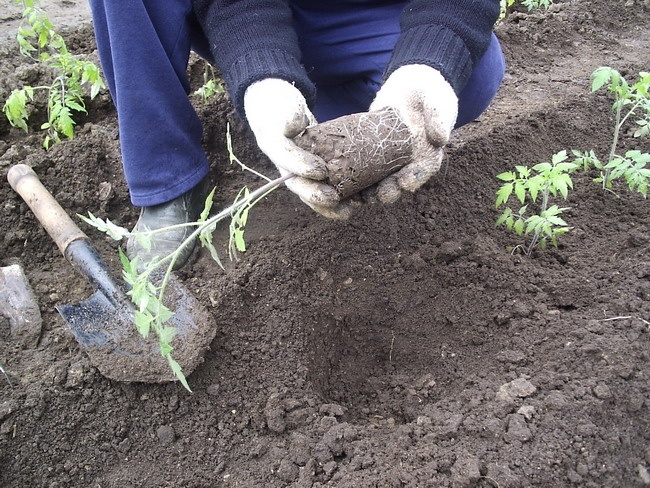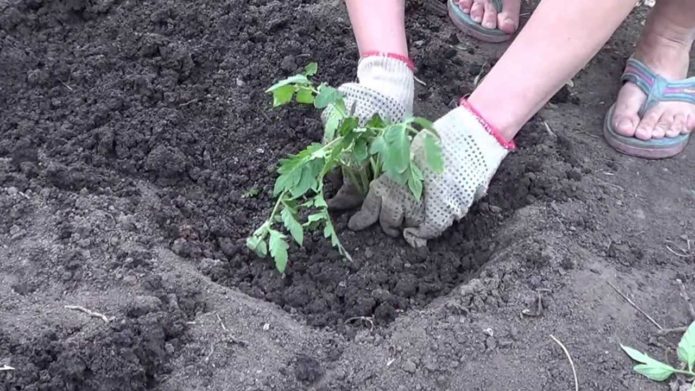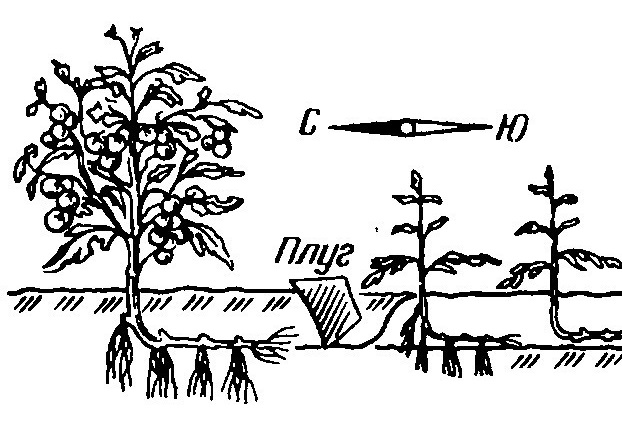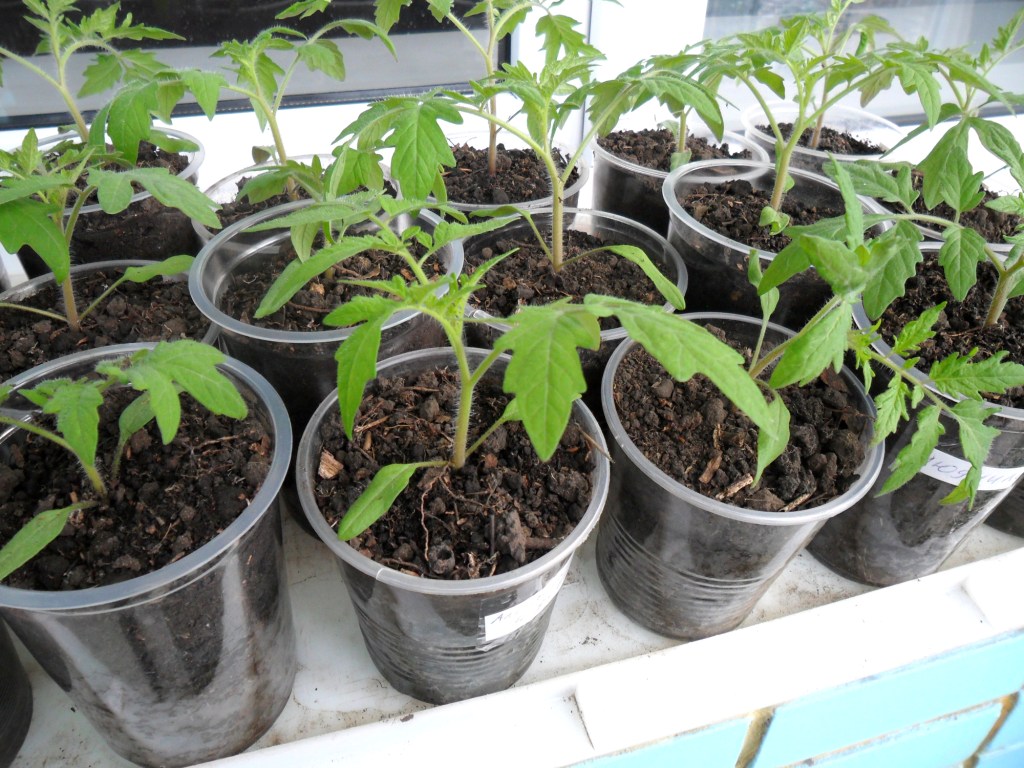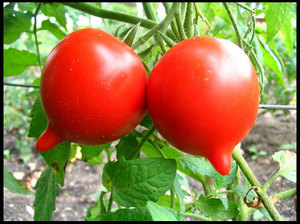From a bunch of plain seeds to a salad bowl full of juicy tomato chunks, it's a long journey where all the steps are important. It is worth taking a responsible attitude to the choice of seeds, growing seedlings, planting them in the garden and further caring for the plants.
Content
Choosing tomato seeds
When buying tomato seeds, seed growers with a positive history should be preferred. Large agricultural firms value their reputation and sell quality seeds that correspond to the variety indicated on the package. The most popular manufacturers in Russia:
- Russian vegetable garden;
- Aelita;
- SeDec;
- Gavrish.
Read the information on the back of the package to understand if it is possible to provide the right conditions and care for the tomato you like.
Quality checking
With proper storage, the germination of tomato seeds lasts for 6-8 years. The more nutrients in the seed, the better it is. The easiest way to check them is by weight. To select a full-fledged planting material, a solution of ordinary salt is used (1 tsp per 1 l of water). The seeds are immersed in a saline solution for 2 hours, then the emerging specimens are thrown away, and those that have sunk to the bottom are left for sowing.
When to sow tomatoes for seedlings
There are two opposite opinions about the flowering of seedlings before planting in open ground or a greenhouse. Some experts say that there is nothing wrong with that, you can plant tomatoes with flowers. Others insist that this is undesirable because the plant switches too early from vegetative development (growth of leaves and stems) to generative development (formation of ovaries). After planting, the tomato will stop growing, because all nutrients will go to the fruits to the detriment of the growth of roots and stems.
With any approach, sowing times must be carefully calculated. First, find out when the frost-free period begins in your area. Then count from this period 55 to 65 days ago. The resulting date will be ideal for sowing tomatoes.
Table: dates of onset and duration of the frost-free period by regions of Russia
| Region / zones | Number of frost-free days per year | The beginning of the frost-free period |
| Southern regions | About 180 | April 10th |
| Central black earth region | About 130 | May 10 |
| Middle zone | About 90 | June 10th |
| Ural and Siberian regions | About 65 | June 15th |
| Far East | About 120 | May 20 |
Presowing seed treatment
Before sowing, the planting material is warmed up or treated with disinfectant and stimulating compounds. Only pelleted and inlaid seeds are not pickled. Information about the treatments carried out by the manufacturer is indicated on the store packaging.
Pelleting is a method of processing seeds in which they are coated with a nutrient solution containing fertilizer. The thinnest shell of inlaid seeds consists of antifungal agents and biologically active substances.
Disinfection
Self-collected planting material definitely needs disinfection. The procedure will improve germination and reduce the risk of seedling diseases. The etching effect will be higher if the seeds are pre-soaked for 30 minutes in ordinary water to soften the seed coats. Then they are disinfected with:
- potassium permanganate;
- hydrogen peroxide;
- boric acid;
- copper sulfate.
Application of the composition of potassium permanganate:
- Dissolve 1/4 tsp. potassium permanganate in 150 ml of water.
- Place the seeds in a gauze bag.
- Dip in the prepared liquid and leave for 30 minutes.
- Rinse the seed bag under running water.
The next technique is spilling with a 3% solution of hydrogen peroxide. With this treatment, many bubbles are formed, a hiss is heard. Peroxide will not harm the planting material if it is etched for no longer than 20 minutes, and then rinsed in clean water. On the contrary, the seeds processed in this way will hatch together and much faster than usual.
A boric acid solution is prepared at the rate of 1/2 tsp. powder for 1 tbsp. warm water. The seeds are disinfected within 2 hours. And to prepare the most powerful remedy for diseases, 0.1 g of copper sulfate is diluted in 1 liter of water. The seeds are kept in this solution for 10 minutes, after which they are rinsed.
Bio products for seed disinfection are also on sale: Trichodermin, Rizoplan. For the prevention of diseases, supporters of organic farming use Fitosporin-M and Baktofit.
Seeds are disinfected only in one of the listed ways, and not all in turn.
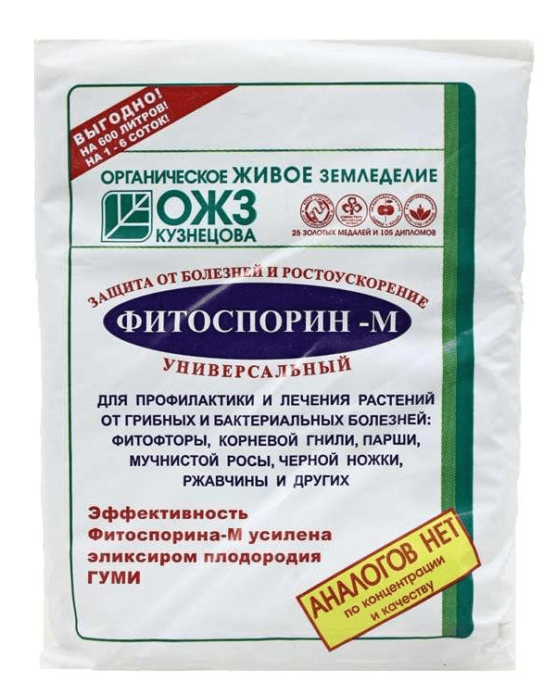
Fitosporin is prepared on the basis of the bacterium hay bacillus, disputes over its effectiveness do not subside
Warming up
The old way of heat treatment is heating. It eliminates tomato pathogens and improves germination. Place the seeds in a saucer and place on a sunny window, stir 3 times a day. After a week, the seeds are ready for sowing.
Wet warming is faster, but risky. Suitable for old seeds. But if you overdo it with the water temperature, the seeds will cook.
Instructions for wet heat treatment of seeds:
- Place the seeds in a gauze bag.
- Pour water heated to 50aboutC.
- Place the bag in a thermos and close the lid.
- After 20-30 minutes, remove the seeds from the thermos and immediately place them in a container of cold water for 3 minutes.
Stimulating and nourishing solutions
The market offers a large number of stimulants. These substances improve seed germination, accelerate growth and increase the immunity of future plants. How to use the stimulant is indicated in the instructions accompanying the product. Popular remedies:
- Humisol;
- Epin;
- Immunocytophyte;
- succinic acid.
The best folk remedy is aloe juice. To prepare the stimulant, the juice is diluted with water in a 1: 1 ratio. The seeds are kept in the prepared solution for 12 hours.
A solution rich in trace elements is prepared from wood ash.Add 1/2 tbsp. ash in 1 liter of water and leave for 24 hours, strain. Soak the seeds in the resulting liquid for 4-6 hours.
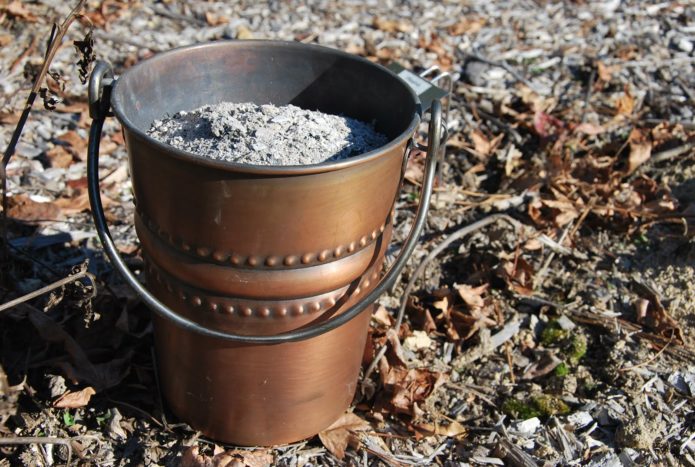
Do not throw ash out of the stove or fireplace, because it is an easily digestible source of potassium, phosphorus and trace elements for plants
Methods of sowing tomatoes for seedlings
Depending on the growing conditions of seedlings, the most convenient sowing option is chosen. Each method has its own advantages and disadvantages.
Peat tablets
All gardeners have at least once tried to sow seeds in peat tablets. A good way is that tomatoes in such a container rarely get sick with a black leg - a fungal disease that develops with high soil moisture. In addition, each plant has an individual peat bag, which preserves the roots during transplantation. If desired, the tomato along with the tablet is planted in a large container.
Algorithm for planting a seed in a tablet:
- The tablets are placed in a container with the opening up and filled with hot water until they swell.
- Then the excess water is drained off.
- A tomato seed is placed in the center of the tablet, which is sprinkled with peat.
- The container is covered with a transparent lid or foil and placed in a warm place.
Into the grooves
The traditional farming method is sowing in furrows:
- The box is filled with damp soil, in which parallel grooves are made with a depth of 1 cm and a distance between rows of at least 4 cm.
- Then the seeds are laid out in steps of 2-3 cm, covered with earth, the soil is compacted.
- The box is covered with polyethylene and placed in a warm place until shoots appear.
This is a convenient method when there are many tomatoes to be planted. The larger the step between the seeds, the longer the seedlings can stay in the box without compromising the development of the root and aerial part.
The bad thing about this method is that if you tighten up with the picking of seedlings, then the tomatoes in the middle rows will grow worse due to the shading of the neighbors' leaves.
Powdered
The fastest way is powder sowing. Seeds are laid out on wet soil in 2-3 cm increments, sprinkled with 1.5 cm of earth. Then the soil is lightly tamped and sprayed from the spray bottle. If the soil is poorly crushed, seedlings may appear with "caps" - the remnants of seed coats. When trying to remove the "cap" from a tomato, the cotyledon leaves are sometimes damaged and the plant dies.
In Moscow
Germination of seeds in film rolls is called "Moscow-style seedlings". Suitable for cramped city windowsills:
- Toilet paper is placed on a strip of film of the required length and width of 10 cm, moistened, then the seeds are laid out.
- Cover with another layer of paper on top.
- Then this multi-layer tape is rolled up, fixed in the middle with an elastic band and placed in a glass of water, a transparent bag is put on top.
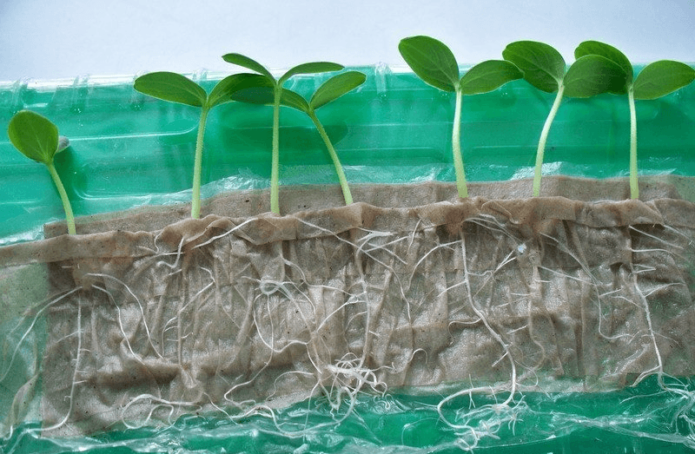
Using the "Moscow-style seedling" method, vegetables and flowers are grown that are not prone to pulling
As a result, many seeds can germinate. The advantage of this technique is that when picking seedlings, the roots are almost not damaged. However, after the appearance of the cotyledons, feeding with a weak solution of mineral fertilizers will be required. And when the first leaf is formed, you urgently need to transplant the tomatoes into cups with fertile soil.
Into snails
To save land and space on the windowsills, sowing in the "snail" is used. The method differs from "Moscow-style seedlings" by the presence of earth in a roll:
- A thin layer of earth is poured onto the substrate under the laminate and moistened.
- Then the seeds are laid out and the substrate is carefully rolled.
- The end of the strip is secured with tape or elastic.
- The snail is placed in a container and covered with a plastic bag.
- When real leaves appear, the plants are planted in cups.
When sowing in this way, the earth crumbles on the table, so it is better to do this on a tray. The disadvantage of this technique is also that with an insufficiently tight roll, the soil, along with the seeds, slides down.
Into sawdust
If it is required to injure the roots of tomatoes to a minimum when diving, sowing in sawdust is used. The scalded sawdust is placed in a box lined with polyethylene. Then they make grooves, lay out the seeds and sprinkle them with sawdust. Such seedlings need to be fed with a nutrient solution. The seedlings dive into the cups after the cotyledon leaves appear.
In the shell
Growing tomatoes in eggshells is a time consuming business. You will have to collect enough egg "pots" and make drainage holes in them. Wet soil is poured into the shell, a depression is made in the center, a seed is placed and sprinkled with earth. The "pots" are placed in the egg tray. When the seedling gets cramped, the shell is lightly squeezed by hand until it cracks, and then the tomato is planted in a larger bowl. The advantage is that the roots are not injured.
The shell reduces the acidity of the soil, which tomatoes like.
With boiling water
By using boiling water for sowing, several goals are achieved:
- disinfection of seeds and soil;
- awakening of old overdried seeds;
- acceleration of emergence.
Sowing with boiling water can be done in two ways.
First way:
- The seedling box is filled with earth and poured with boiling water.
- Immediately after that, seeds are evenly spread over the surface of the soil and pressed in with a match.
- The box is covered with foil, wrapped with a towel and placed on a hot radiator.
- An hour later, the container is moved to any warm place.
The second method involves pouring boiling water over rows of already sown seeds. Then the same actions are performed as in the first method.
How to sow tomatoes for seedlings correctly
After disinfection and stimulation, the seeds are germinated and sown.
Germination
Whenever possible, always take more seeds than needed to hatch. Usually, a third of the total number of seeds germinate first - these will be the most viable plants.
Step-by-step instructions for germination:
- The seeds are wrapped in a moist natural cloth.
- Place the package in a convenient container and put it in a plastic bag.
- Placed in a warm place with a temperature of 22aboutFrom to 25aboutC.
- Ventilate and moisten the fabric daily, preventing it from drying out.
The best place for tomato germination is a central heating battery. If it is too hot, place the container with seeds on a plank. Young roots will appear in 5–10 days. Then the tomatoes are sown.
Sowing
Dredge for sowing is purchased in a store or prepared independently. The best choice for tomatoes is light, permeable soil with the addition of peat. She also needs preliminary disinfection. The soil is poured onto a baking sheet, moistened and steamed in the oven for 30 minutes.
It is best to first sow tomatoes in boxes or boxes, and when the second pair of real leaves appear, dive into cups. If you sow directly into individual containers, then the seedlings are stretched, there is a mismatch between the growth of roots and stem. To obtain high-quality seedlings, picking is necessary. After it, the rapid development of the root system begins, and the growth of the tops stops, the stem thickens. As a result, we get stronger and more hardy seedlings.
Tomatoes are sown with dry or previously germinated seeds in a wet tissue. In seedling containers with wet soil, recesses are made with a stick in increments of 2-3 cm and the seeds are laid in them. If you need to sow a lot of tomatoes, it is best to sow thickly in the grooves. The seeds are sealed and moistened with a spray bottle. The seedling box is wrapped in foil and placed in a warm place (above 22aboutC) before emergence. Then the film is removed, the box is placed in a well-lit place.
It is very useful in the first days of life to additionally highlight tomatoes with the help of special phytolamps.
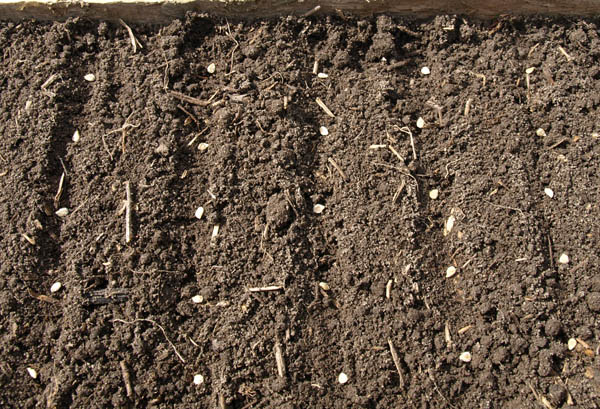
Sow tomato seeds only in moist soil, otherwise after watering it will settle unevenly and the seeds will be at different depths
Seedling picking
Usually, tomatoes are planted from a common container in a separate bowl or more spacious boxes when the first or second pair of true leaves are formed. This is a pick.
There are tips to pinch off the tip of the tomato root, but this is extra work. The roots are already traumatized enough and will begin to branch with any method of planting.
Normal pick:
- Individual dishes are pre-filled with moist soil and a depression is made for the plant.
- Tomatoes are removed from the containers together with the earthen clod and placed in separate cups so that the cotyledons are above the ground.
- To prevent black leg, the surface of the soil is sprinkled with pre-calcined coarse sand.
- For 1-2 days, the seedlings are left in a shaded place until the root system begins to work. Otherwise, the sun will burn young plants.
Dive into diapers
Often, after sowing in the Moscow style, tomatoes dive into the diapers to save soil and space on the windowsill.
Step-by-step instruction:
- Cut the foil into 20x20 cm squares.
- Pour soil into the corner of the square and place the seedling on top so that the cotyledons are above the edge of the film.
- Sprinkle soil over the roots of the tomato.
- Fold over the bottom of the square to cover the roots.
- Roll the tomato foil into a roll and secure with a loose rubber band.
- Place the rolls in a convenient container without holes in the bottom.
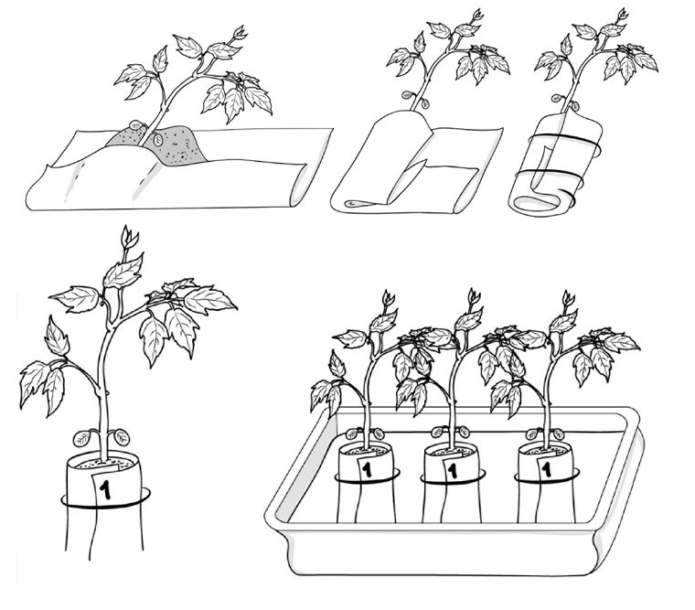
Tomatoes in diapers are lightweight, they can be transported to the dacha in hand luggage without damage, folded into a deep plastic bucket
Features of planting seedlings
It is believed that a tomato is ready for planting in a vegetable garden or greenhouse when it grows 6–10 leaves and reaches a height of 20–35 cm. Tomatoes love light and warmth, so a plot is allocated for them, which is illuminated by the sun most of the day. Favorable predecessors for culture:
- legumes,
- roots,
- cucumbers,
- cabbage.
Soil preparation
Ideally, the planting site is determined in the fall and the necessary fertilizers are applied. Usually compost or rotted manure is scattered: 1 bucket per 1 m2... If the soil is poor, add superphosphate.Fertilizer is evenly distributed over the soil surface and dug up.
If the soil is heavy, in the spring the site is dug up again 10 days before the tomatoes are planted.
It is better not to plant tomatoes in the area where nightshades grew in the previous year (tomato, potatoes, bell peppers, eggplant). But if crop rotation is impossible, the soil is disinfected from pathogens. A month before planting, the ground is sprayed with a solution of copper sulfate (3-5 g per 10 liters of water).
Before planting seedlings in a greenhouse, experienced farmers advise making a soil mixture of 2 parts of garden land and 1 part of sawdust, peat and humus. When digging, a complex mineral fertilizer is applied.
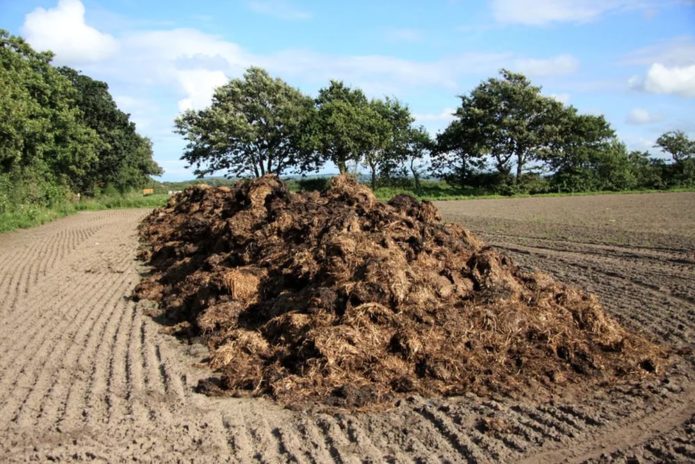
If you are going to start growing vegetables, buy manure, in a year it will turn into humus - an invaluable fertilizer
Timing
Suitable days for planting seedlings come when the soil warms up to 12aboutC and the threat of frost will pass. It is undesirable to plant tomatoes earlier, in cold soil the roots do not absorb nutrients. Planting is carried out in the evening or on a cloudy day.
If planted too early, you can often see tomatoes with purple leaves. This happens because the plant does not absorb phosphorus due to the cold.
Hardening
1–2 weeks before planting, the seedlings are taken outside so that the tomatoes get used to the sun, wind and coolness. It is desirable that the air temperature is about 15aboutC. The first sun bath lasts 1 hour. The hardening time is increased daily.
If you plan to remove the lower leaves when planting tomatoes, it is better to cut them off the day before planting so that the cut dries.
Landing scheme
The optimal scheme for planting tomatoes in the garden is a two-line ribbon. Plants are planted in double rows with an interval of 25-30 cm for low-growing varieties, 50-60 cm for medium-sized and tall varieties. Don't be afraid to crowd the plants in the rows. When tomatoes are not at ease, they set fruits faster. We leave 60–80 cm for the aisles, at least 90–100 cm for the aisle. Wide paths are required, they make up for the lack of lighting in a compact planting, provide good ventilation of the bushes.
Then the seedlings are shaded with a covering material and watered as the soil dries up. Make sure that the water does not get on the leaves, this will help prevent burns and fungal diseases. It is better to water tomatoes in the morning.
Transparent polyethylene film or non-woven white agrofibre is used as a covering material. Shelters made of these materials will keep open field plants from scorching sunlight and frost. Black agrotextile is used for mulching the soil from weeds.
In the greenhouse, tomatoes are usually planted on the sides in 2-3 lines, leaving a wide aisle in the middle. The main thing is that each plant has at least 0.3 m at its disposal2 soil.
We plant tomatoes
Planting tomatoes:
- A few hours before planting, the seedlings are watered to facilitate their removal from the containers.
- First, a hole is dug for 1–1.5 shovel bayonets.
- If the garden was not fertilized in the fall, then 1/4 of a bucket of humus or compost and 1/2 tbsp are added to each hole. wood ash, abundantly spilled.
- If the tomato was grown in a glass, it is crushed, tilted at an angle of 45about to the ground and carefully removed by pressing on the bottom of the container and holding the stem.
- The tomato is placed in a hole, the roots are sprinkled with earth and watered.
The planting process in the greenhouse is the same as in the open field. Stretched seedlings should be buried, and the top should be tied to a peg.
Video: planting tomatoes in the ground with fish
What to plant after tomatoes
According to the rules of crop rotation, tomatoes are returned to their original place only after 2-3 years. On the garden bed, where tomatoes grew last year, plants are planted that enrich the soil with nitrogen: peas, beans, beans. Will also grow well:
- any root vegetables;
- cabbage;
- onion garlic;
- greens.
Planting cucumbers and zucchini is allowed, but the ground must first be fertilized with humus.
Reviews
At one time I was taught to germinate like this: we take a saucer, on it toilet paper in several layers. Pour the soaking solution on top. The paper is soaked, we drain the solution without squeezing. Put seeds on top and cover with glass, or a polyethylene bag, so as not to dry out.
About late blight and Immunocytophyte. Relying on what I know about the nature of late blight and how it occurs, I just cannot believe that seed treatment by any kind (any!) Can protect an adult plant from this scourge. Well, this is something like the statement that there are varieties of tomatoes that are resistant to late blight - in fact, there are varieties that have time to give their harvest before the cold August dew comes in the company of late blight. Perhaps Immunocytophyte increases the resistance of plants to future hardships, and a strong plant will resist disease longer than a weakened one - I am ready to believe in this. But if scientists found a drug that is really capable of protecting against late blight, and even with such a simple method as seed treatment ... Oh, I think this sore would have been defeated all around long ago. But no, as long as she is winning us ...
And in our vodka they soak the seeds of peppers and tomatoes, but for 15 minutes, and then rinse them.
Something is somehow difficult for you everything. I soak tomato seeds in Domestos solution, 1 tbsp. l. 10 liters of water, 10 minutes and rinse. It is possible in White, but I do not use it, I like Domestos more, he is always at hand. But cladosporia (brown spot) I have somehow after a year, sometimes after two. My greenhouse is also with Domestos. But, apparently, there are disputes in the ground and this rubbish periodically pops up.
Manganese kills all living things. They refused to use it even in medicine. When processing the soil, even with a weak solution, all beneficial microorganisms die in it. Namely, they create beneficial plant nutrients in the soil. I will give only one, but very convincing example of how destructive manganese is for seeds. Prepare a weak solution of manganese, a tomato seed and a regular magnifying glass. Look at the seed before soaking in manganese through this magnifying glass and after soaking. All the nutritious hairs on the seed will burn. The seed will turn black. I strongly advise against using manganese in crop production. If it is necessary to disinfect the seeds, it is better to do it in aloe juice.
Tomatoes are grateful plants, so do everything right: disinfect the seeds and soil, do not neglect the pick, harden the seedlings, prepare the soil well in the garden. Then the reward will be a rich harvest of sweet tomatoes.
